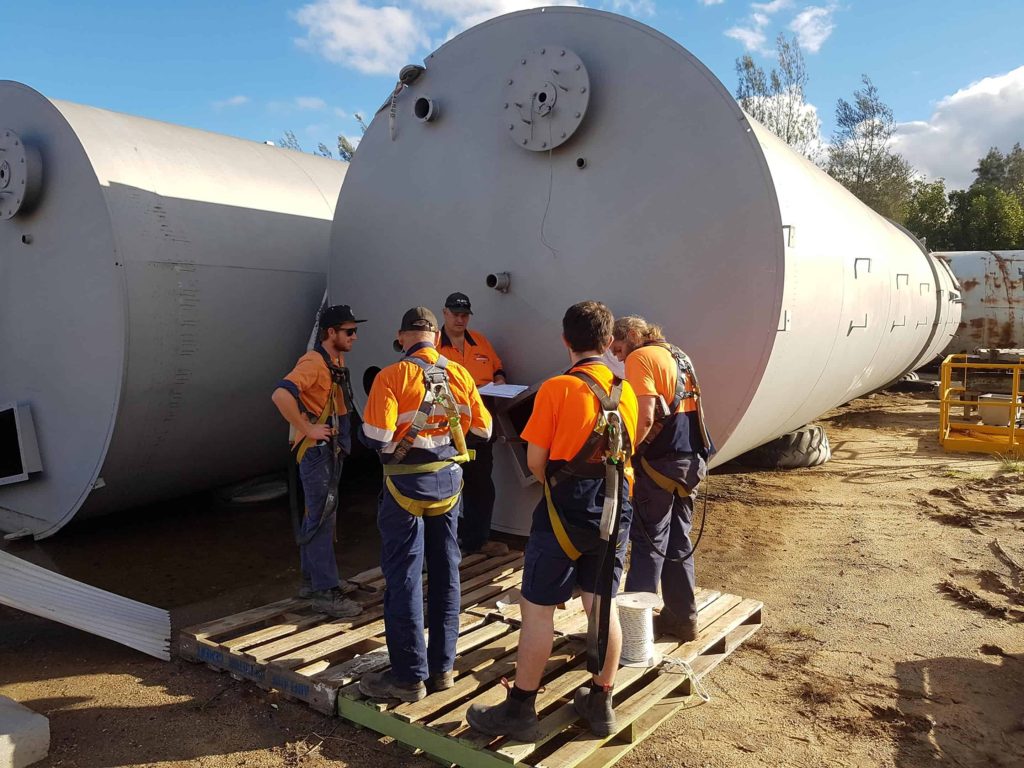
Confined spaces present unique challenges and hazards that can be extremely dangerous if not properly managed. To ensure the safety of workers and comply with regulatory requirements, confined space training is of utmost importance. This specialized training equips individuals with the knowledge and skills necessary to work safely in confined spaces, mitigating risks and preventing accidents. This article highlights the importance of confined space training and its benefits in maintaining a safe work environment.
The key reasons for confined space training:
- is to increase awareness of the hazards associated with working in confined spaces. Confined spaces, such as tanks, sewers, silos, and tunnels, often have limited entry and exit points, poor ventilation, and the potential for hazardous substances or lack of oxygen. Confined space training educates workers about the specific risks they may encounter, including atmospheric hazards, engulfment, falls, and the presence of toxic or flammable substances. By understanding these hazards, workers can recognize potential dangers and take appropriate precautions to ensure their safety.
- A confined space course also emphasizes the importance of proper equipment and personal protective gear. Workers learn about the specific equipment required for confined space entry, including gas detectors, ventilation systems, fall protection, and respiratory protection. They are trained on how to inspect, use, and maintain this equipment effectively. By providing workers with the knowledge and skills to select and use the appropriate equipment, confined space training helps create a safe and controlled working environment.

- Confined space training focuses on the importance of effective communication and teamwork. Workers learn how to establish clear lines of communication, establish emergency procedures, and coordinate tasks within confined spaces. They are trained to work as a team, supporting and watching out for one another. This promotes a culture of safety, where workers are actively engaged in hazard identification and risk mitigation, leading to a safer work environment overall.
- Confined space training also covers emergency preparedness and rescue procedures. Workers learn how to recognize signs of an emergency and how to respond effectively. This includes understanding the importance of having a permit for confined space entry, knowing evacuation routes, and being familiar with rescue techniques. By being prepared and trained in emergency response, workers can act quickly and efficiently in critical situations, minimizing the impact of an incident and ensuring the safety of all personnel involved.
Confined space training is crucial for maintaining a safe work environment when working in confined spaces. By increasing awareness of hazards, emphasizing the use of proper equipment, promoting effective communication and teamwork, and preparing for emergencies, confined space training equips workers with the knowledge and skills necessary to mitigate risks and prevent accidents. Investing in confined space training not only protects workers’ well-being but also helps businesses comply with regulations, reduce liabilities, and establish a culture of safety.








